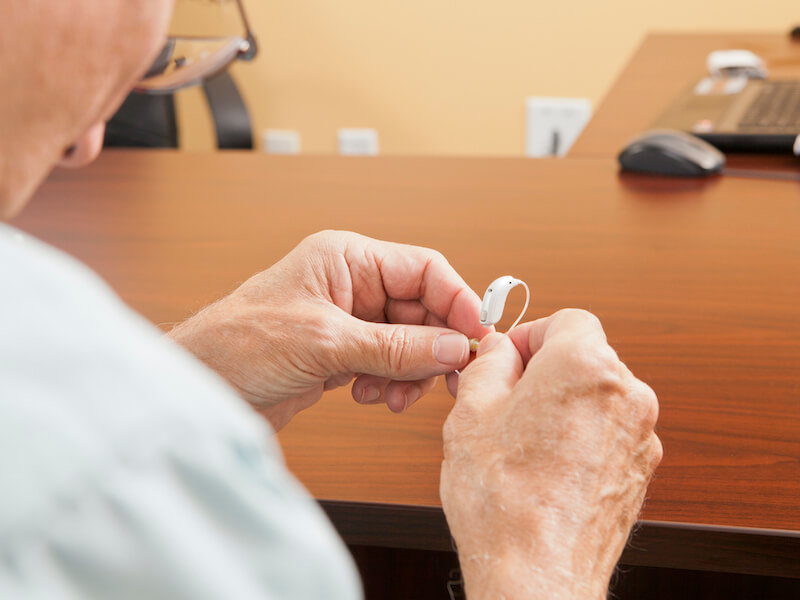
You go out of your way to make sure your hearing aids are well cared for. When you go to sleep, you always put them comfortably on the charger and you clean them daily.
Suddenly and discouragingly, your hearing aids aren’t working the way they used to. Thankfully, there are a few steps you can take to troubleshoot the problem. Just remember: your main job is to avoid damaging your hearing aid further (or you may need to replace them).
Troubleshooting your hearing aid
Of course, when you first got your nice new hearing aids, you made a point of storing the owner’s manual in a safe spot. Hopefully, you did so that you can consult with your owner’s manual to do maintenance and troubleshooting. Following your owner’s manual is important because every model of hearing aid is different.
On most models there are some other things you can check, here are a few:
- Keep your microphone clear: Look for anything blocking the microphone of your hearing aid. Your hearing aid might feedback or simply fail to work if the microphone is obstructed.
- Check your battery: You’ll still want to assess the battery power even if you had your hearing aids charging overnight. It may be a good plan to check if you may need new batteries or if the old ones are properly inserted, especially if your batteries are replaceable.
- Wax buildup: Be certain that there is no wax on your hearing aid by giving it a visual check. Wax can build up quickly even if you clean your hearing aids frequently so make sure you double check.
- Look for visible damage: Does your hearing aid have any obvious loose components or cracks in its shell? Cracks, clearly, could suggest more extensive damage (or allow in moisture).
Once again you can learn how to deal with each of these issues by referring to your owner’s manual. Self-maintenance is sometimes possible.
How will I know when my hearing aid needs repair?
If your hearing aid continues to malfunction after you’ve performed basic upkeep and troubleshooting, it’s likely that your hearing aid will have to be professionally repaired. You need your hearing aids for almost every facet of your life so this might not sound really appealing.
You won’t necessarily be without your hearing aid for lengthy periods of time just because it needs to be serviced. In some cases, we can fix it in office and you can take it with you when you go.
Or, you’ll be able to take your hearing aids in for professional assistance and get them back in just a few hours (this, obviously, depends on the extent of the damage, all the more reason to bring your devices in for repair as soon as possible).
There are still some instances where such fast repair isn’t possible. And in those cases, you may find yourself in need of a backup set of hearing aids. Maybe you have an old pair that will do temporarily in a pinch. Or it’s possible that we have a loaner pair you can borrow.
Don’t wait to get help with your hearing aids
It’s crucial to get your hearing aid assessed and repaired if you begin to notice the audio quality is beginning to falter.
Any degree of downtime should be avoided. Neglected hearing loss can impact your overall health, including your mental health. And it becomes all too easy to leave your hearing aids sitting in a drawer somewhere while your hearing continues to decline.
Keeping those hearing aids in good working order is the key to keeping your hearing healthy. And the ideal way to do that is to clean them, keep them charged, and, when necessary, bring your hearing aids to get some professional help.

